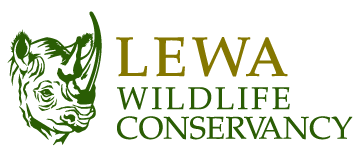Human-wildlife conflict (HWC)is a major challenge for conservation efforts worldwide as it can be fatal for both parties involved. Therefore, finding ways to mitigate HWC is essential for ensuring that people and wildlife can coexist sustainably.
One of the ways to mitigate HWC is through the use of physical barriers such as fences. That is why six community fence technicians from Naibunga Central and Lower Community Conservancies recently received training at Lewa on electric fence installation and maintenance.

The trainees during a session at Lewa
This training will equip them with the necessary skills to effectively maintain a 44-square-kilometre elephant fence erected around Kimanjo Township, on the two conservancies’ land.
The fence was put up as a measure to address the prevailing problem of human-wildlife conflict in the area. Elephants were causing death and injury to both people and livestock, while elephants were also dying in the region.

A fence designed specifically for elephants, taking into account their size and behavior.
Speaking after the training, Lewa’s Head of Operations, Adrian Paul, said, “Maintaining such a large fence is no small task, and it requires skilled and knowledgeable individuals who can identify and fix any issues that may arise. With the training they have received, the technicians will be able to regularly inspect the fence, repair any damages, and ensure that the fence is functioning optimally and that the voltage is sufficient to deter elephants.”

Lewa Head of Operations Adrian Paul
Eric Mbaya, Deputy Head of Operations, added, “Electric fences for preventing elephant entry should be designed and installed with the specific behaviour of elephants in mind. For example, elephants are highly intelligent and have a good memory, so they can learn to avoid areas where they have encountered electric fences in the past.”
To ensure that the fencing projects are implemented in a responsible and sustainable manner, an Environmental Impact Assessment (EIA) is normally conducted by the National Environment Management Authority (NEMA) before receiving approval from the Kenya Wildlife Service (KWS).







